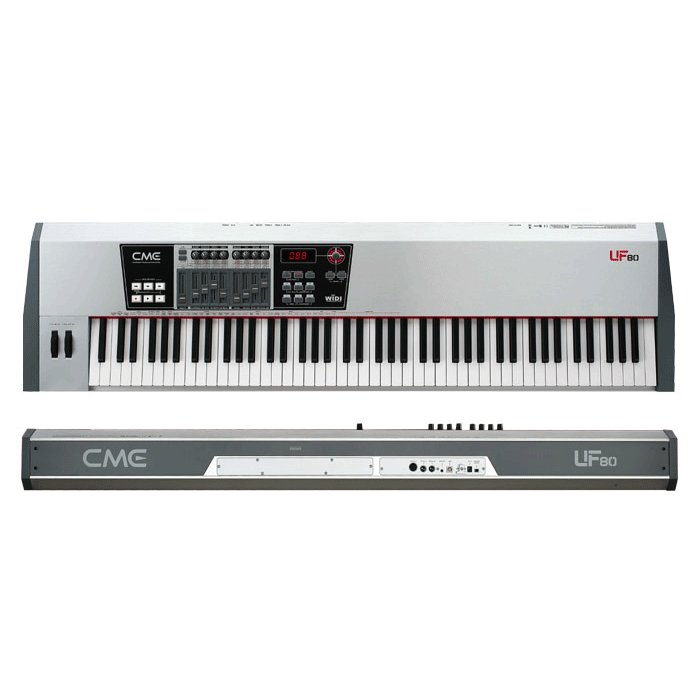Digital Signal Processing Signals Systems And Filters Solutions Manual
DIGITAL SIGNAL PROCESSING: Signals, Systems, and Filters Andreas Antoniou Errata Corrections for Printings #1 and #2 (Revision date: July 1, 2015) NOTE: I would greatly appreciate to be noti ed of any typographical errors in the textbook, the slides for the textbook, and the solutions of the end-of-chapter problems found at this website. Digital signal processing Analog/digital and digital/analog converter, CPU, DSP, ASIC, FPGA. Signals and systems. Discrete sequences and systems, their types and proper-ties. Linear time-invariant systems, convolution. Harmonic phasors are the eigen.
Click here to login. But it’s not working Up until now, musicians wanting a quality MIDI-controller keyboard built for long term reliability and the strength to stand up to life on the road were forced to pay for a hi-end synth-workstation with a synth engine that was surplus to requirements since the advent of virtual studio technology.  The sliders can be assigned to control volume levels for channels andand controller values of your choice, effectively giving you 24 sliders worth of control. Remove this ad forever by registering! The sliders’ design is less orthodox – these are all set flush with the controller’s surface and therefore it doesn’t matter that they’re packed tightly together.
The sliders can be assigned to control volume levels for channels andand controller values of your choice, effectively giving you 24 sliders worth of control. Remove this ad forever by registering! The sliders’ design is less orthodox – these are all set flush with the controller’s surface and therefore it doesn’t matter that they’re packed tightly together.
Classify the following signals according to whether they are (1) one- or multi-dimen-sional; (2) single or multichannel, (3) continuous time or discrete time, and (4) analog or digital (in amplitude). Give a brief explanation. (a) Closing prices of utility stocks on the New York Stock Exchange. (b) A color movie. (c) Position of the steering wheel of a car in motion relative to car's reference frame.
(d) Position of the steering wheel of a car in motion relative to ground reference frame. (e) Weight and height measurements of a child taken every month. (a) As the stocks of ‘n’ prices are independent, the closing prices of the New York Stock Exchange are the function of ‘n’ prices variable. Therefore, the signal is multidimensional. (2) As the stocks of ‘n’ prices generate multiple prices by taking multiple sources, the signal is multi-channel. (3) As the ‘n’ prices of the stock generated at ‘n’ different instants of time, the signal is discrete. (4) As the change in the stock of ‘n’ Prices varies as amplitude with respect to time at discrete instants of time, the signal is digital.

(b) (1) In a color movie, the primary colors are red, blue, and green with corresponding to the brightness and the contrast. Thus, the combination of all these variables gives a single result. Therefore, the signal is multidimensional. (2) As all the primary colors are independent variables and these combinations will result in a single mixture of one output, signal is single channel.
(3) As all the primary colours continuously vary with respective to the contrast and the brightness, the signal is continuous. (4) As the transmission of the primary colors is accomplished by adding new colours that vary with frequency and amplitude, the signal is analog. (c) (1) The position of the steering wheel of the car in a motion relative to the car’s reference frame follows the clockwise and the anti-clockwise rotations, signal is multi-dimensional. (2) The position of the steering wheel of the car in a motion relative to the car’s reference frame is single channel because the positions of the car steering wheel movement correspond to the car’s reference frame.